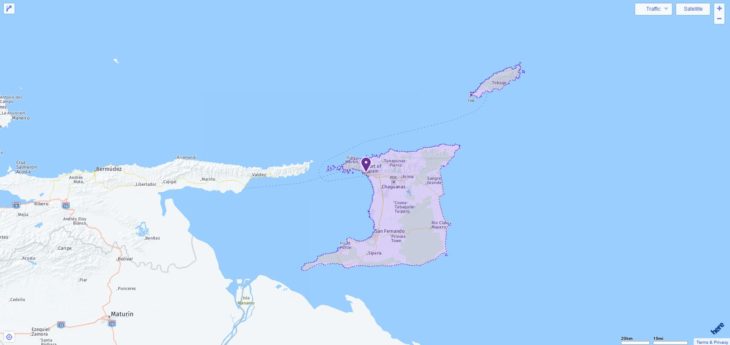Your search found 2 matches. The following is the full list of ACT testing locations in Trinidad and Tobago among which you can pick one to take the exam. Please know that on the test day, test takers can use any 4-function, scientific, or graphing calculator. On the table below, you can also find all test dates through 2019.

2019-2020 ACT Test Dates in Trinidad and Tobago
| Test Date | Registration Deadline |
| February 9, 2019 | January 11, 2019 |
| April 13, 2019 | March 8, 2019 |
| June 8, 2019 | May 3, 2019 |
| July 13, 2019 | June 14, 2019 |
| September 14, 2019 | August 16, 2019 |
| October 26, 2019 | September 20, 2019 |
| December 14, 2019 | November 8, 2019 |
| February 8, 2020 | January 10, 2020 |
| April 4, 2020 | February 28, 2020 |
| June 13, 2020 | May 8, 2020 |
| July 18, 2020 | June 19, 2020 |
ACT Test Centers in Trinidad and Tobago
| City | Center Name | Center Code |
| Barataria | St. George’s College | 872320 |
| Westmoorings | Intl School Port Of Spain | 870330 |
Trinidad and Tobago is a South American country located in the Southern Caribbean Sea, 11 km from Venezuela’s coast. The country consists of the two main islands, Trinidad and Tobago, and 21 smaller islands.
More about Trinidad and Tobago
Trinidad and Tobago, officially English Republic of Trinidad and Tobago [r ɪ p ʌ bl ɪ k əv tr ɪ n ɪ daed ənd tə be ɪ gə ʊ ], German Republic of Trinidad and Tobago, Eastern Caribbean island nation off the northeast coast of South America with (2018) 1.4 million residents; The capital is Port of Spain.
Economy
For several decades now, an extraordinary economic vivacity has characterized the small Caribbean state, whose oil, extracted in relatively high quantities, allows for a per capita GDP by now from a country that has rightfully entered the “development area” (in 2008 the GDP was US $ 24,806 million; GDP per capita of US $ 19,012), without having resolved the serious social inequalities typical of most of the Third World (made even more evident by the very low public spending in the education and health sectors). After the world oil crisis, starting from 1976 and the consequent fall in crude oil prices in the following two decades, the government adopted new economic policies: productive diversification, attraction of foreign investments, reduction of the tax burden and the fight against drug trafficking; as a consequence, the banking and tourism sectors have developed. The latter, in continuous expansion, is an economic sector of great importance, since it provides the country, after oil and its derivatives, the main contribution of currency.
AGRICULTURE, FORESTRY, LIVESTOCK AND FISHING
About 3.8% of the active population is employed in agriculture, a sector that participates very little in the formation of GDP (0.3%). Particular importance, even if less than in the past, has the sugar cane; among other crops cocoa, coffee, citrus fruits, bananas, coconut palm, rice, tomatoes prevail. Subsistence crops are limited to maize and rice, the country must therefore import large quantities of food products, especially cereals. § Although woods and forests cover, as mentioned, 40% of the territorial surface, the forest exploitation is scarce, as precious essences are almost absent. § On the other hand, the zootechnical patrimony is discreet, with a prevalence of goats, pigs, cattle and poultry.

